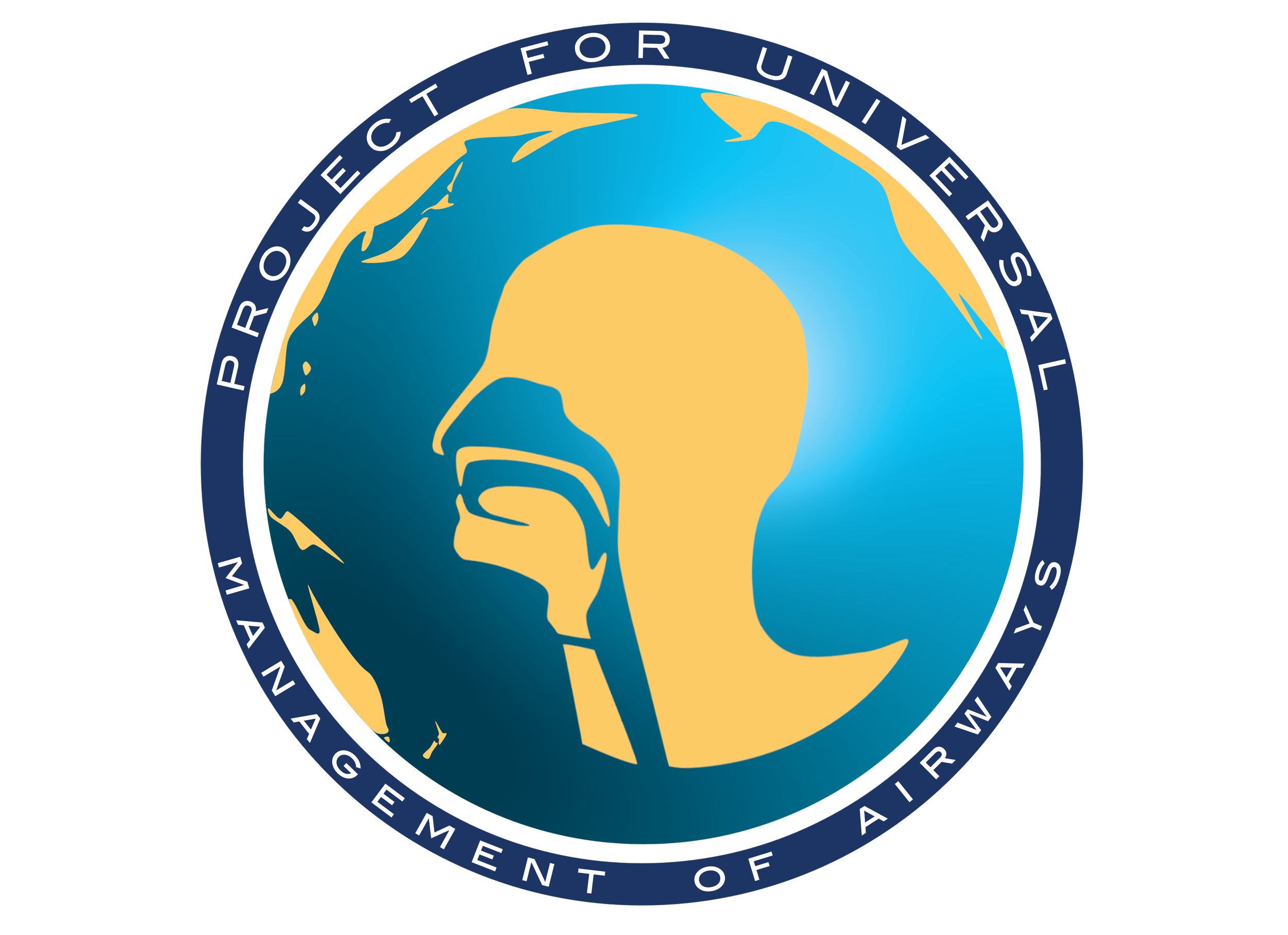A
Airway Management Risk Evaluation: the process of assessing patient, team and situation risk factors relating to a particular episode of airway management, with a view to using this information to develop a safe & effective strategy for airway management.
This is typically referred to in the literature as ‘airway assessment’ or ‘airway evaluation’. These terms were felt to be suboptimal due to their exclusive emphasis on patient anatomical factors.
Airway success: the situation in which confirmed alveolar oxygen delivery AND adequate blood oxygen saturation are BOTH present. Airway success indicates successful establishment of an airway via any of facemask, supraglottic airway, tracheal tube or neck rescue.
Legacy terms for this outcome in the literature include ‘(adequate) oxygenation’, ‘(adequate) ventilation’, ‘success’ and ‘Green Zone’. Oxygenation was felt to be an inadequate term as clinicians frequently struggle to identify that oxygenation is not occurring in the circumstance when SpO2 is maintained even when exhaled CO2 cannot be detected (as may occur in the circumstance of upper airway obstruction following pre-oxygenation). Ventilation was felt to be an inaccurate term as in it’s own right it does not convey any index of oxygen delivery and the ‘adequacy’ of ventilation may be judged by some as reflecting also efficacy of CO2 elimination, in addition to oxygen delivery, which is not relevant to the context of emergency airway management. Ventilation also cannot be applied to airway insufflation techniques as might be applied following neck rescue using a cannula technique. The ‘Green Zone’ was felt to be an inappropriate term due to its potential to not be understood by someone not already familiar with it. ‘Success’ was felt to be too imprecise a term with no accepted definition. Simply defining ‘success’ as confirmed alveolar oxygen delivery and adequate blood oxygen saturation was felt to be inadequate as the term ‘success’ is not specific to airway management and is therefore subject to broad individual interpretation without practitioners confirming the definition intended by these guidelines.
Alveolar oxygen delivery can be ‘confirmed’ by return of exhaled carbon dioxide with attempts at ventilation (when attempting ventilation via a tracheal tube the criteria for ‘sustained exhaled carbon dioxide’ must be met to confirm alveolar oxygen delivery) OR via detection of a RISING oxygen saturation with ventilation (taking into account the delay between changes in blood oxygen saturation and SpO2 readings) when carbon dioxide detection is unfeasible. Note that a STATIC adequate oxygen saturation in isolation does not provide any information about delivery of fresh oxygen to the alveoli as this may reflect persistent high alveolar oxygen concentrations following pre-oxygenation, despite the presence of an obstructed upper airway or misplaced tracheal tube.
‘Adequate’ alveolar oxygen delivery does not require that the measured SpO2 is normal, only that it can be sustained at a level that is unlikely to cause harm due to hypoxaemia if it were maintained in the short term (e.g. ~15 mins). In general a SpO2 reading ≥ 80% would reflect ‘adequate’ oxygenation but this may not be the case in some clinical situations. Conversely, an SpO2 ≥ 80% is not necessarily a prerequisite for defining ‘adequacy’ (especially in situations when a value ≥ 80% could not be achieved following pre-oxygenation). As such the adequacy of the SpO2 must always be interpreted in context.
Airway Time Out: a deliberate pause in the process of airway management, undertaken in the situation of ‘airway success’, to enable optimisation, strategisation & mobilisation of resources before further instrumenting the airway. An ‘airway time out’ may be taken prior to initiating airway management for the purposes of completing an airway pre-brief or during the process of airway management whenever airway success has been achieved.
No previous dedicted term exists to describe this pause though it is recognised as an opportunity of the ‘Stop, think, communicate’ moment of the Difficult Airway Society guidelines and of the Green Zone of the Vortex Approach. The term was developed to provide critical language that enables airway practitioners to easily declare the need for such a pause.

